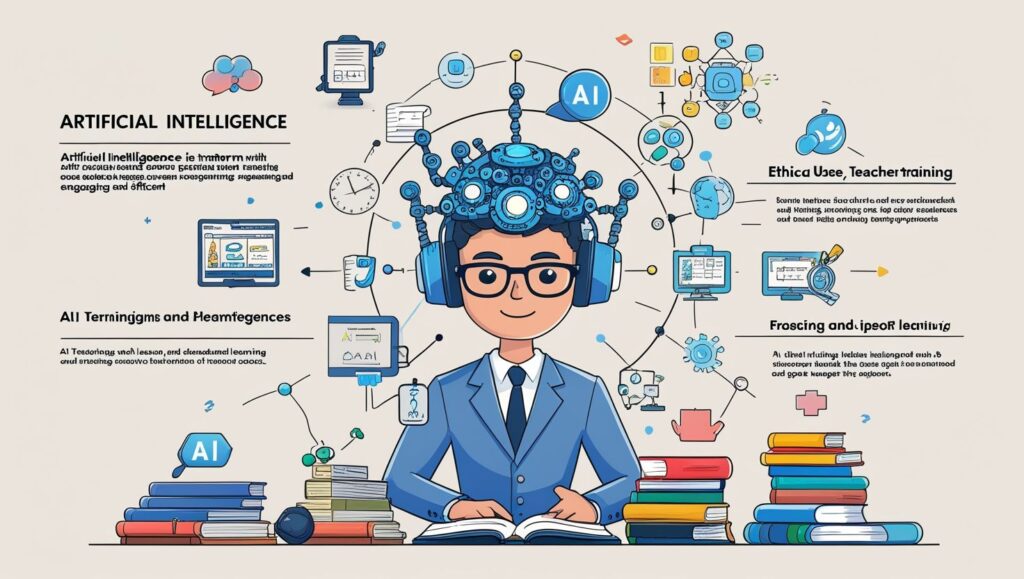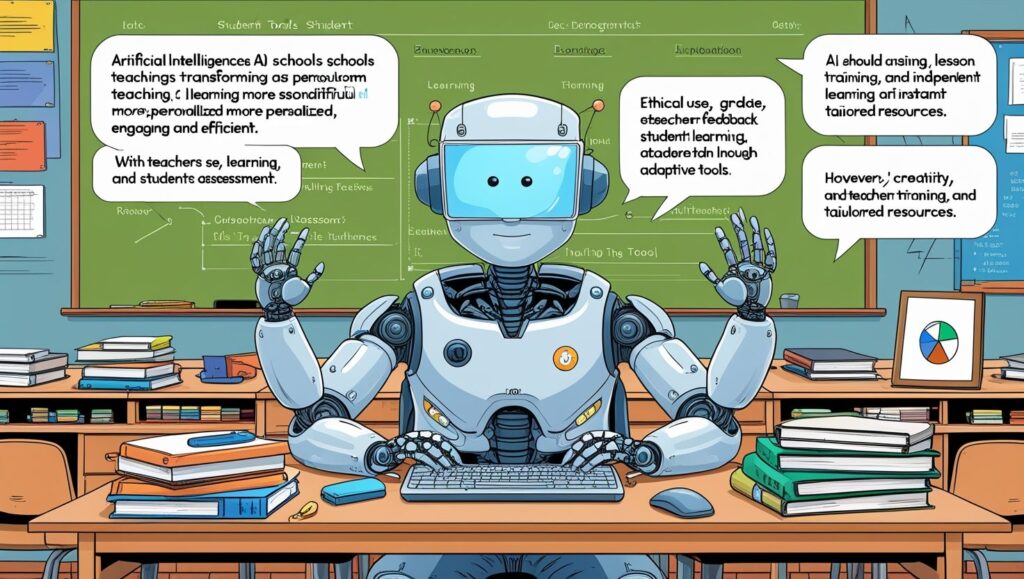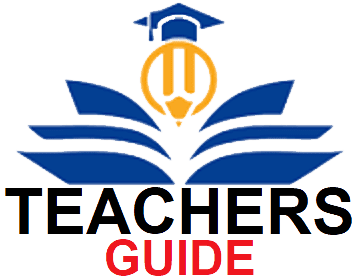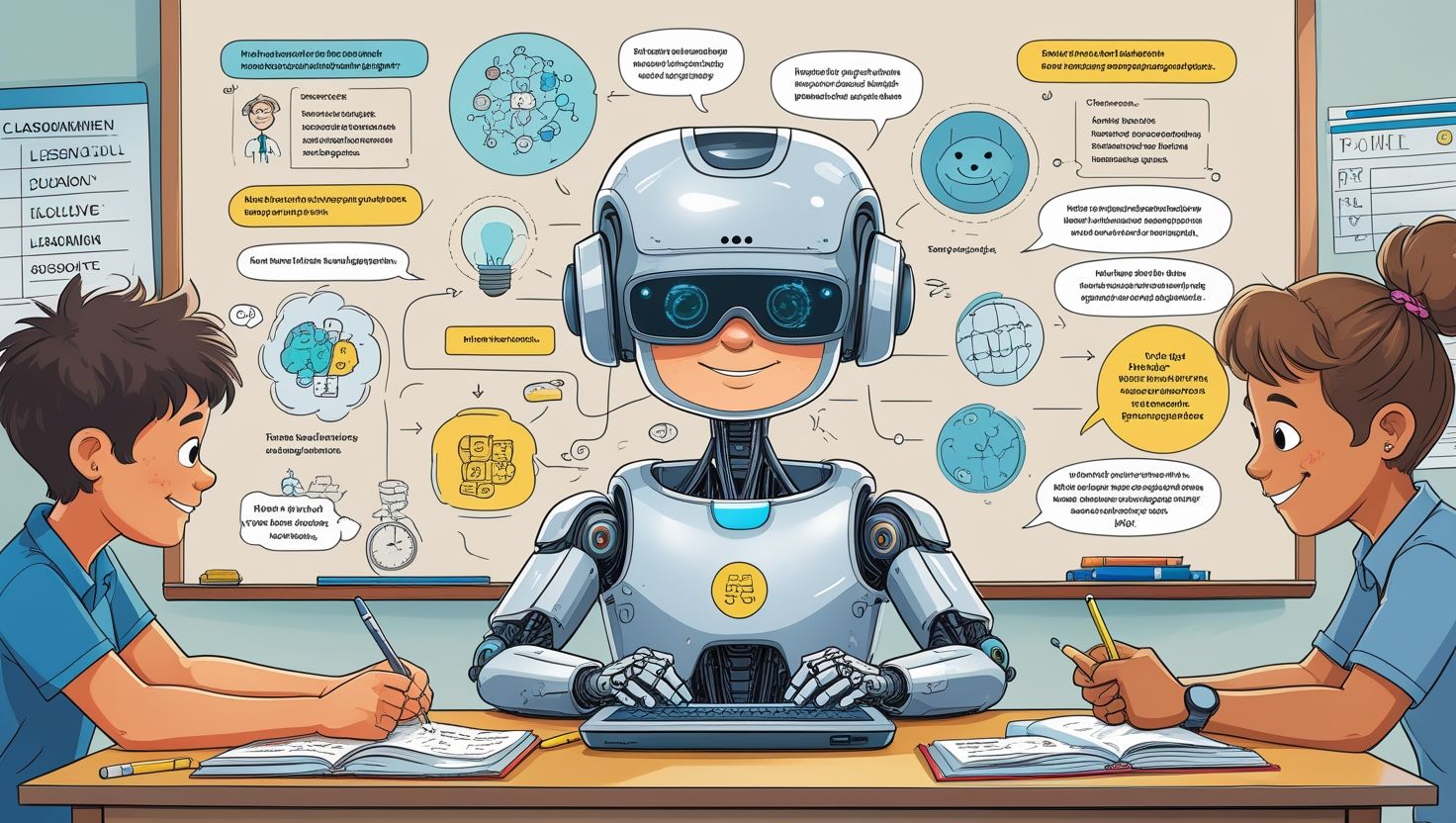Introduction
Using AI for Classroom Teachings in School, Artificial Intelligence (AI) is increasingly becoming a part of modern education. Schools around the world are integrating AI to support classroom teaching. It is not only used in advanced universities but also in elementary and secondary education. Teachers are exploring how AI can make learning more interactive, engaging, and personalized. Additionally, students find AI tools helpful for solving problems, practicing lessons, and improving creativity. However, it is important to understand that AI does not replace teachers. Instead, it supports them by reducing repetitive work and allowing them to focus on student learning. Moreover, AI helps in analyzing student performance quickly and offering targeted feedback. Since technology is advancing rapidly, schools need to prepare both teachers and students for these changes. Consequently, classrooms are shifting from traditional methods to more digital approaches. Furthermore, AI is promoting inclusivity by assisting learners with different needs. Thus, the introduction of AI in schools marks a major shift in how knowledge is delivered and received.
Role of AI in Modern Classrooms
AI plays a central role in reshaping classrooms today. It supports teachers in planning lessons, grading assignments, and monitoring progress. Additionally, AI-based tools create opportunities for students to learn at their own pace. For instance, intelligent tutoring systems adapt lessons according to student needs. Moreover, AI chatbots can answer student queries instantly, saving teacher time. Teachers can also use AI platforms to track attendance, participation, and behavior. Consequently, classrooms become more organized and efficient. Furthermore, AI allows students to access resources anytime and anywhere. It encourages independent learning and builds confidence. Since modern students are already familiar with technology, AI integrates smoothly into their learning process. Importantly, AI ensures that learning is not limited to textbooks. Instead, it includes videos, simulations, and interactive exercises. Therefore, classrooms become more dynamic and appealing. However, it is also essential to guide students on using AI responsibly. When balanced properly, AI strengthens the teacher-student relationship and enhances educational outcomes significantly.
Personalized Learning with AI
One of the strongest advantages of AI in classrooms is personalized learning. Traditionally, teachers often face difficulty in addressing every student’s individual needs. However, AI tools can analyze student performance data quickly. Based on this analysis, the system provides customized exercises and practice tests. Additionally, students receive instant feedback that helps them correct mistakes. For example, language-learning apps suggest words and grammar activities suited to each learner’s level. Moreover, math platforms provide step-by-step solutions according to student progress. As a result, learners advance at their own pace without feeling left behind. Furthermore, personalized learning increases motivation because students see direct improvement. Teachers also benefit since they can spend more time guiding students rather than repeating instructions. Another important aspect is that AI can predict areas where a student may struggle in the future. Consequently, early intervention becomes possible. Although some critics worry about over-reliance on AI, combining it with teacher guidance ensures effective, balanced, and inclusive learning experiences.

AI for Teacher Support and Workload Reduction
Teachers often spend long hours on grading, lesson planning, and administrative duties. Fortunately, AI helps reduce this workload significantly. Automated grading systems check objective tests and provide quick results. Additionally, AI lesson planning tools suggest suitable activities, worksheets, and multimedia resources. Teachers can use these suggestions to design creative and engaging lessons. Moreover, AI platforms record student attendance and prepare performance reports automatically. As a result, teachers save time and focus more on interaction with students. Furthermore, AI provides insights into student progress, helping teachers identify strengths and weaknesses. With this information, they can give personalized attention where needed. Importantly, AI can also support substitute teachers by offering ready-made teaching plans. Consequently, disruptions in classrooms are minimized. However, teachers must remain in control of the teaching process. AI should be viewed as a tool rather than a replacement. When used wisely, it reduces stress, improves efficiency, and enhances the overall quality of teaching.
AI for Inclusive Education
Inclusivity is one of the greatest benefits AI brings to classrooms. Many students face learning barriers due to disabilities, language differences, or unique learning styles. AI tools help address these challenges effectively. For example, speech-to-text software assists students with hearing difficulties. Similarly, text-to-speech applications support those with visual impairments. Additionally, translation tools allow non-native speakers to understand lessons in their own language. Consequently, every student feels more included in the classroom. Moreover, AI adapts to different learning paces, ensuring that no one is left behind. Teachers can also use AI analytics to detect early signs of learning difficulties such as dyslexia. With this information, interventions can be planned on time. Furthermore, AI-powered games and simulations engage students who struggle with traditional teaching methods. Inclusivity improves when students feel confident in their learning process. However, it is essential to combine AI with teacher empathy. Together, they create an environment where all students can succeed and participate actively.
Challenges of Using AI in Schools
While AI offers many benefits, it also presents challenges. Firstly, there are concerns about high costs. Many schools struggle with limited budgets, making it difficult to purchase advanced AI tools. Additionally, lack of proper training for teachers reduces effectiveness. Teachers may feel overwhelmed when expected to adapt quickly to new technologies. Moreover, over-reliance on AI can make students less critical in their thinking. If they depend too much on automated answers, creativity may decrease. Another challenge involves privacy and security. AI systems collect large amounts of student data. Consequently, schools must ensure data protection to avoid misuse. Furthermore, unequal access to technology creates gaps between students in different regions. Rural areas, in particular, may struggle with poor internet connectivity. While AI has great potential, these issues must be addressed carefully. Therefore, schools need proper planning, investment, and policies. When challenges are managed responsibly, AI can provide more opportunities than risks.

Ethical Use of AI in Classrooms
Ethical concerns are crucial when discussing AI in education. Since AI collects student data, privacy protection must be a priority. Schools need clear rules to ensure that personal information is not misused. Additionally, students must be taught how to use AI responsibly. For instance, using AI tools to copy answers without understanding is unethical. Moreover, schools should ensure that AI does not replace human judgment. Teachers must remain central to the decision-making process. Furthermore, developers of AI tools must design systems that avoid bias. Sometimes, algorithms favor certain groups, leading to unfair learning outcomes. Another ethical issue is over-dependence. While AI is powerful, it should not reduce human creativity or social interaction. Instead, it must support and enhance them. Therefore, schools need strict guidelines for balancing technology and human roles. Ethical use of AI ensures fairness, safety, and inclusivity. Without this balance, the risks of misuse may outweigh the benefits in classrooms.
Future of AI in School Education
The future of AI in schools looks promising and transformative. Already, AI is changing how teachers and students interact with knowledge. In the future, it will likely become even more advanced. For example, virtual reality combined with AI may create immersive learning environments. Additionally, predictive analytics will help teachers understand future learning needs. Consequently, classrooms will become more adaptive and flexible. Furthermore, AI could connect schools globally, allowing students from different countries to collaborate. Teachers may also receive real-time assistance during lessons, making teaching smoother. Moreover, AI will likely become more affordable and accessible over time. However, its success depends on proper training, ethical use, and strong infrastructure. Governments and policymakers must prepare schools for this transformation. Importantly, the human role will remain vital. AI can process information, but only teachers can provide empathy, guidance, and inspiration. Thus, the future of education with AI promises innovation while still keeping human connection at its core.
Conclusion
AI is transforming classroom teaching in schools in remarkable ways. It supports teachers, personalizes learning, and promotes inclusivity. Additionally, it reduces workload and improves efficiency. However, challenges such as cost, privacy, and ethical concerns cannot be ignored. Therefore, schools must develop clear strategies to integrate AI responsibly. Importantly, teachers remain the foundation of education. AI cannot replace their role but can enhance their impact. Furthermore, balanced use of AI prepares students for a digital future. It equips them with critical skills while keeping education fair and inclusive. As technology continues to advance, classrooms will evolve rapidly. However, human values such as empathy, creativity, and responsibility must always guide its use. Consequently, AI is not only a tool but also a partner in education. By embracing AI wisely, schools can create learning environments that are innovative, adaptive, and meaningful for every student in the modern world.


Pera Museum tour Really got to know Istanbul like a local. https://astria.usabestrealtor.com/?p=12605